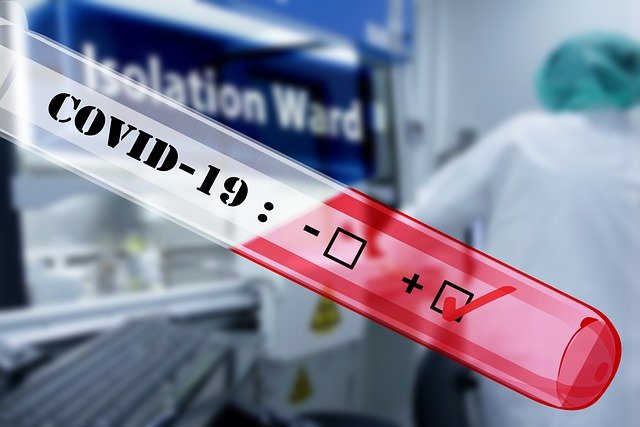 By Gordon Pape, Editor and Publisher
By Gordon Pape, Editor and Publisher
Investors hit the panic button this week and the results looked like a rerun of September 2008. The Dow suffered its worst one-day point loss ever on Monday and after a brief rally Tuesday it plunged again.
We’re now in bear market territory for the first time since 2008-09.
Investors were already spooked by the human and economic effects of the novel coronavirus. Then Saudi Arabia and Russia decided over the weekend to play their own game of beggar-thy-neighbour, sending oil prices plummeting and driving down the shares of energy companies.
We have not seen this kind of volatility in more than a decade. At one point on Thursday, the CBOE Volatility Index touched 69.26, its highest mark since the financial crisis.
It’s impossible to predict the future in this turbulent environment but here’s what I expect to happen going forward.
Things will get worse before they get better.
The Bank of Canada said as much in announcing a half-point rate cut last week. “COVID-19 represents a significant health threat,” the Bank said. “It is likely that as the virus spreads, business and consumer confidence will deteriorate, further depressing activity.”
The number of confirmed cases will grow exponentially.

Last week I asked a Florida doctor who runs a large medical clinic what she would do if someone walked in displaying COVID-19 symptoms. “I’d have to send them elsewhere,” she said. “We have not received any test kits for the virus.”
That comment speaks to the state of unpreparedness in the U.S. and suggests that the number of infected people in the country may be far higher than reported. The state of Washington now believes the virus was circulating there for weeks before it was finally detected.
Vice-President Mike Pence, who is co-ordinating the Trump Administration’s Task Force on virus response, admitted that, while more test kits are being distributed, they are still in short supply. Meanwhile, the guidelines of who should be tested have been broadened. The end result, once more kits are available in the coming weeks, will probably be a big spike in the number of confirmed cases.
Interest rates will go lower.
The half-point drops in the U.S. and Canada last week were greater than expected but may just be the beginning. If health and economic conditions worsen, we could see rates back at 2008-09 levels before year-end. “As the situation evolves, Governing Council stands ready to adjust monetary policy further if required to support economic growth and keep inflation on target,” the Bank of Canada said.
That could conceivably mean that the negative interest rates we’ve seen in Europe and Japan could take hold here. “As it scrambles to protect the U.S. economy from the far-reaching fallout of the coronavirus, it can be expected that it (the Fed) could take rates back down to zero – emergency territory – in the next few months,” said Nigel Green, CEO of the deVere Group, one of the world’s largest independent financial advisory organisations.
“This then raises the spectre that the Fed will ultimately follow its peers in Europe and Japan by adopting negative interest rates.” The result, he believes, would be to push up the prices of financial assets, including equities.
Bond prices will rise.
As yields fall, bond prices rise. As of the close on March 11, the FTSE Canada Universe Bond Index was up 5.31% for the year, well ahead of the TSX Composite, which was down 16.37%. That’s a differential of 21.68 percentage points.
Interest-sensitive stocks will hold up better.
As rates continue to fall, interest-sensitive equities will perform better than the broad market, a continuation of what we saw in 2019. As of March 11, the S&P/TSX Capped Utilities Index was down 4.34% so far in 2020. No one likes a loss but that looks a lot better than the Composite. The Capped REIT Index was down 5.96% – again, much better than the broad market.
Gold remains a safe haven.
The price of gold moved higher as virus concerns grew, although it has pulled back recently. However, gold has always been a go-to investment in troubled times and I expect that to continue.
The take-away is that we are going to have to live with uncertainty and volatility for many months.
Make sure your portfolio is weighted towards bonds, cash, gold, and defensive, dividend-paying securities, and hang on.
